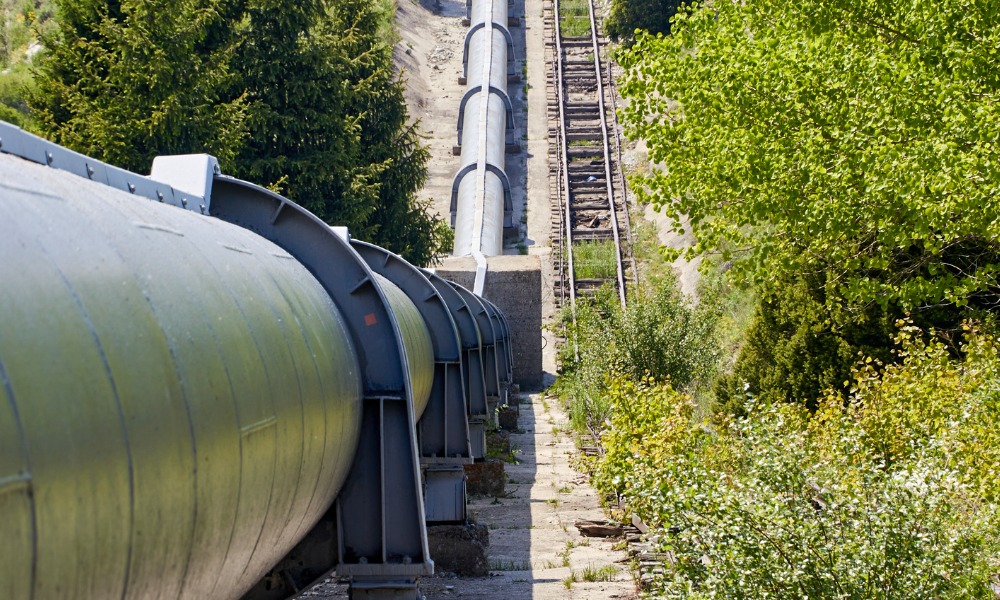The project is expected to cause oil production to boom in 2024

The upcoming official opening of the Trans Mountain pipeline expansion has left residents and workers in Fort McMurray more optimistic about the town’s economy, as reported in an article by BNN Bloomberg.
Located within the center of the country’s oilsands industry, Fort McMurray is expected to see Canadian crude oil to be exported as the Trans Mountain pipeline expansion is opened this week.
“It’s hard to quantify the value of the ... pipeline to a region like ours. We are so heavily supported by oilsands operators in the region, that when things that are important to them — like the Trans Mountain pipeline — happen, there are direct benefits to us. What supports them, supports us,” said Dennis Vroom, senior strategic advisor for the regional municipality of Wood Buffalo.
The Trans Mountain pipeline expansion is expected to increase its capacity to up to 890,000 barrels per day, which is a notable increase from the current 300,000 barrels per day. It took more than four years to construct, costing at least $34 billion. It also faced criticism from multiple environmental groups as well as delays in the construction and overruns in the budget.
Oilsands producers have been looking forward to the project’s completion as issues in exporting have been a problem faced by Canadian energy firms because of the lacking pipeline capacity from Alberta’s oilsands region to coastal tanker loading facilities.
With the added export capacity provided by the expansion, 2024 is expected to see the growth in oil production. According to a report by TD Economics, oil production in Canada for the year can grow up to 10% year-over-year, which can amount to nearly 500,000 barrels in one day.
However, the expansion’s environmental impact has caused it to still be under scrutiny. With the processes of the oilsands industry seeing an increase in their carbon footprint due to an increase in production, the oil and gas sector took responsibility for 28% of the overall emissions of the country. Because of the scrutiny faced by oilsands, the local community seems to be impacted as well.
“Our community is so closely tied to the oilsands that sometimes the negative image of the oilsands that gets painted unfairly translates to our community as well,” said Vroom.



